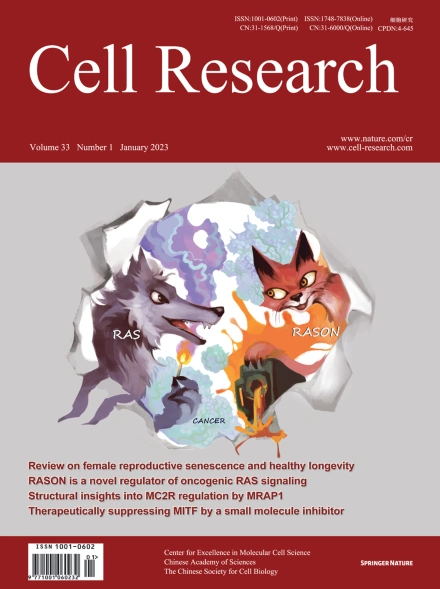
Advanced Search
Submit Manuscript
Advanced Search
Submit Manuscript
Volume 33, No 1, Jan 2023
ISSN: 1001-0602
EISSN: 1748-7838 2018
impact factor 17.848*
(Clarivate Analytics, 2019)
Volume 33 Issue 1, January 2023: 83-86
scNanoATAC-seq: a long-read single-cell ATAC sequencing method to detect chromatin accessibility and genetic variants simultaneously within an individual cell
Yuqiong Hu1,2,† , Zhenhuan Jiang1,2,3,† , Kexuan Chen1,2,† , Zhangxian Zhou1,2,4 , Xin Zhou5 , Yan Wang1 , Jingwei Yang1,2 , Bo Zhang1,2 , Lu Wen1,2 , Fuchou Tang1,2,3,4,*
1Biomedical Pioneering Innovation Center, School of Life Sciences, Peking University, Beijing, ChinaDear Editor,
The accessible chromatin regions were enriched in regulatory elements in human genome and many genetic variations associated with human diseases were identified within them.1 Single-cell assay for transposase-accessible chromatin using sequencing (scATAC-seq) on the next-generation sequencing (NGS) platform is a well-established method to detect open chromatin regions within an individual cell.2 However, there remain challenges in detection of large-scale structural variations (SVs, including insertions, deletions, duplications, inversions and translocations) and haplotype phasing from scATAC-seq data, which can be well resolved by third-generation sequencing (TGS) platform-based single-molecule long-read sequencing. To integrate advantages of long-read sequencing into scATAC-seq, we developed single-cell assay for transposase‐accessible chromatin on Nanopore sequencing platform (scNanoATAC-seq), a plate-based scATAC-seq method suitable for TGS platform (Supplementary information, Fig. S1).
https://doi.org/10.1038/s41422-022-00730-x